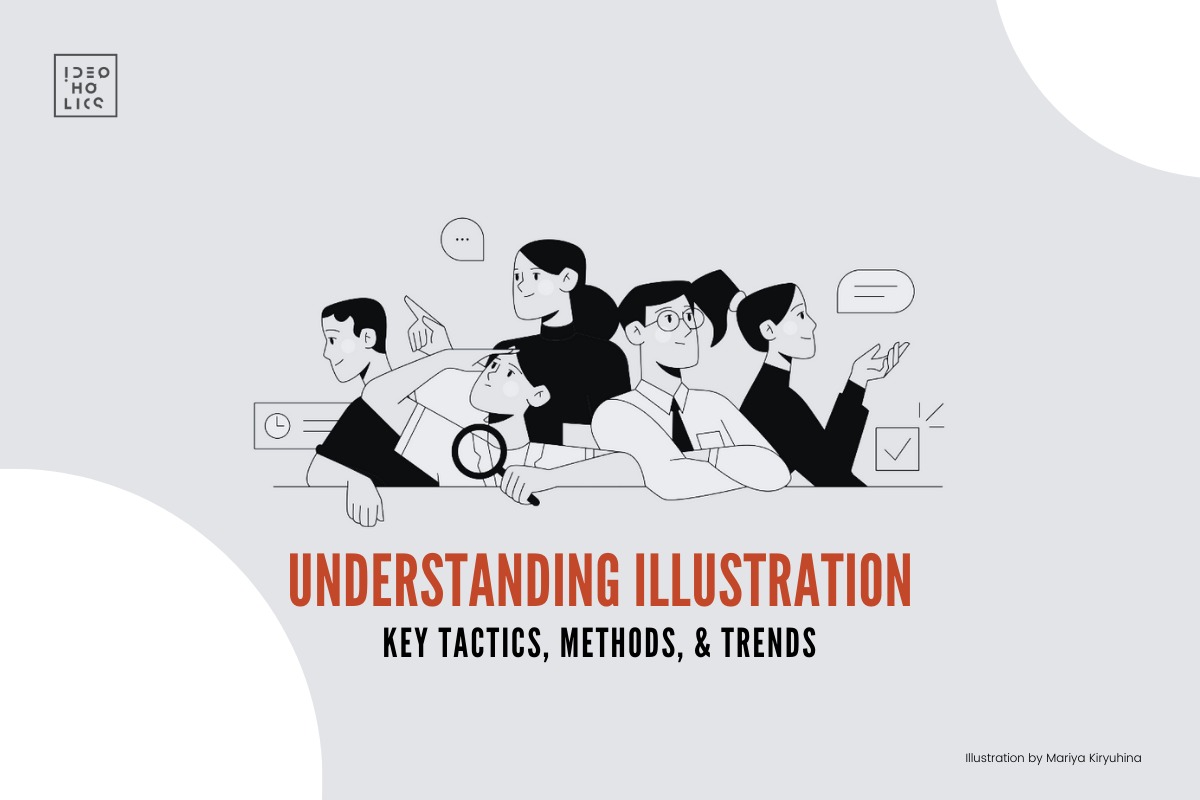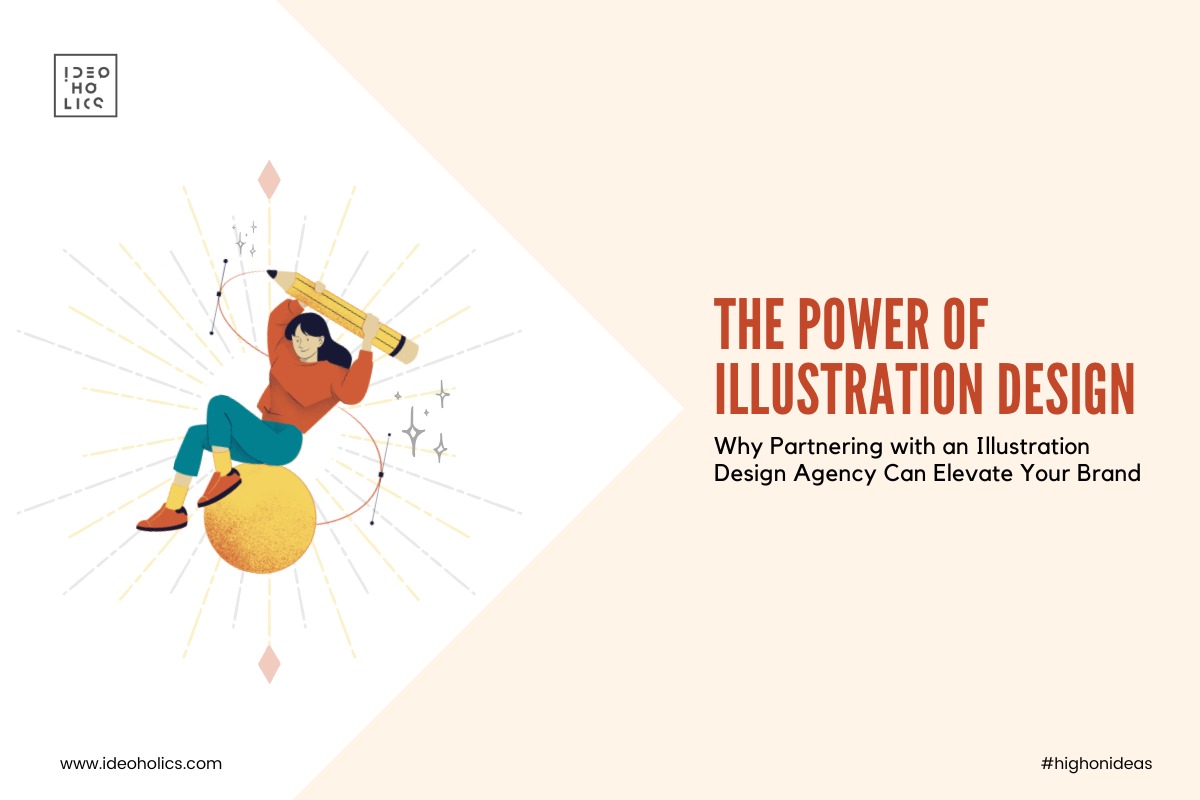
Understanding Illustration: Key Tactics, Methods, and Trends
Illustration is a powerful visual communication tool that can enhance storytelling, brand identity, and user engagement. Here’s an overview of key tactics, methods, and trends in the world of illustration.
Key Tactics
- Understanding the Brief
- Client Needs: Clearly understand the client’s requirements, target audience, and intended message.
- Context: Know where and how the illustration will be used—be it in print, digital media, merchandise, or other formats.
- Concept Development
- Brainstorming: Generate multiple ideas through sketches and mind maps.
- Mood Boards: Create mood boards to visualize the style, color palette, and overall feel of the illustration.
- Feedback Loop: Engage in continuous feedback with the client to refine concepts.
- Composition and Layout
- Rule of Thirds: Use the rule of thirds to create balanced and visually appealing compositions.
- Focal Points: Establish clear focal points to guide the viewer’s eye through the illustration.
- Hierarchy: Ensure visual hierarchy to emphasize key elements.
- Color Theory
- Color Psychology: Utilize colors that evoke the desired emotions and reactions.
- Palette Consistency: Maintain a consistent color palette that aligns with the brand’s identity or the project’s theme.
- Contrast and Harmony: Balance contrast and harmony to make the illustration both vibrant and cohesive.
- Style Selection
- Align with Purpose: Choose a style that aligns with the illustration’s purpose—be it realistic, abstract, minimalistic, or whimsical.
- Consistency: Maintain style consistency throughout the project to ensure a cohesive look and feel.
Methods
- Traditional Methods
- Pencil and Paper: Start with hand-drawn sketches to flesh out ideas.
- Ink and Paint: Use traditional media like ink, watercolor, and acrylics for a tactile, organic feel.
- Digital Methods
- Vector Illustrations: Create scalable illustrations using vector-based software like Adobe Illustrator.
- Raster Graphics: Use raster software like Adobe Photoshop or Procreate for detailed, pixel-based illustrations.
- Digital Brushes: Utilize a variety of digital brushes to mimic traditional media effects.
- Mixed Media
- Combination: Combine traditional and digital methods to achieve unique textures and effects.
- Collage: Incorporate photographic elements, textures, and patterns to add depth and interest.
Trends
- Flat Design
- Simplicity: Emphasizes clean lines, solid colors, and minimal details.
- Scalability: Works well across different screen sizes and print formats.
- Isometric Illustrations
- Perspective: Creates a three-dimensional effect while maintaining simplicity.
- Versatility: Ideal for infographics, architectural visuals, and detailed scenes.
- 3D Illustrations
- Depth and Realism: Adds depth and realism, making illustrations more engaging.
- Tools: Use tools like Blender or Cinema 4D to create and animate 3D illustrations.
- Hand-Drawn and Organic Styles
- Authenticity: Adds a personal, authentic touch to illustrations.
- Textures: Incorporates natural textures and imperfections for a unique look.
- Bold and Vibrant Colors
- Attention-Grabbing: Uses bold and vibrant colors to capture attention and evoke strong emotions.
- Modern Aesthetic: Aligns with current design trends for a fresh, contemporary look.
- Minimalism
- Clarity: Focuses on essential elements, removing unnecessary details for clarity.
- Elegance: Achieves an elegant and sophisticated appearance through simplicity.
- Retro and Vintage Styles
- Nostalgia: Evokes a sense of nostalgia and timelessness.
- Texture and Patterns: Uses vintage textures, patterns, and color schemes.
Conclusion
Understanding illustration involves mastering various tactics and methods while staying updated with current trends. By combining strong conceptual development, effective composition, and appropriate styles, illustrators can create impact visuals that resonate with their audience and effectively convey the intended message. Staying adaptable and continuously learning new techniques and trends will ensure that illustrators remain relevant and innovative in their craft.






